Posts Tagged ‘Commemorative Coin’
Churchill’s “V for Victory” Campaign: A Leader’s Powerful Symbol of Unity

On July 19, 1941, Winston Churchill, our steadfast British Prime Minister, introduced a potent symbol of hope and defiance: the “V for Victory” campaign. This emblem of resistance became a rallying cry for the Allied forces and occupied Europe, showcasing Churchill’s leadership and his ability to inspire a war-torn world.
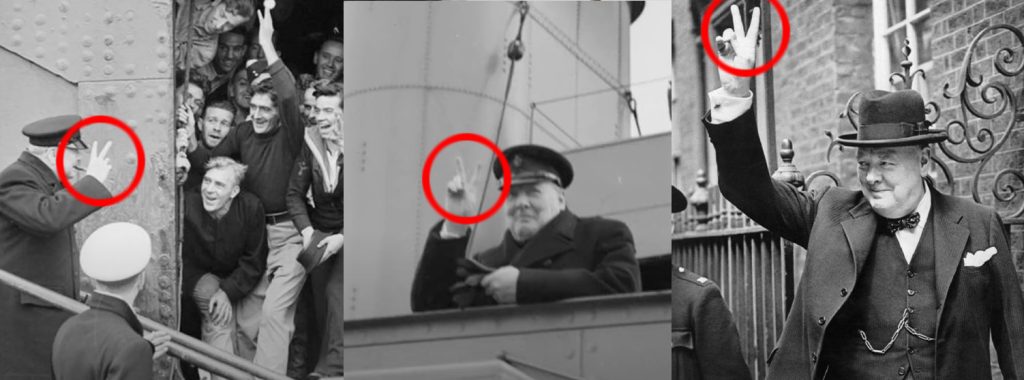
The Origin of the “V” Symbol
The idea of using the letter “V” as a symbol of victory came from Victor de Laveleye, a Belgian politician and broadcaster. In January 1941, de Laveleye suggested that “V,” the first letter of “victoire” in French, “vrijheid” in Dutch, and “victory” in English, could unify those resisting the Axis powers. This simple yet profound idea quickly spread, as people across occupied Europe began marking the letter “V” in public places as a silent act of defiance.
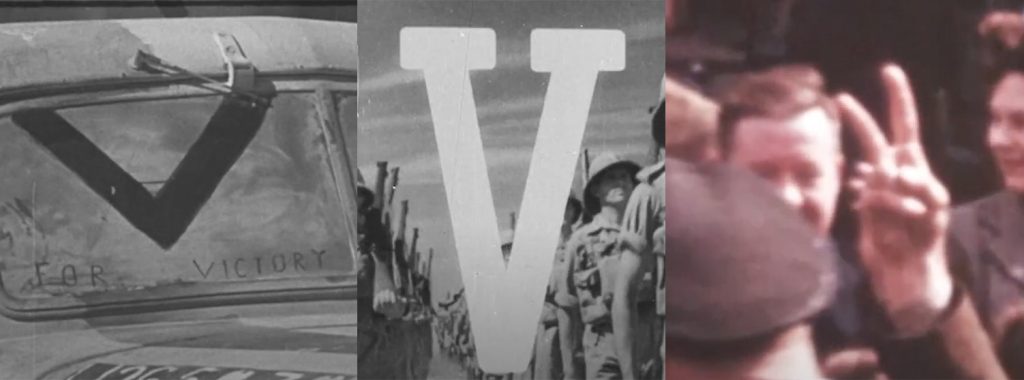
Churchill’s Leadership and Promotion of the Campaign
Churchill saw the potential of the “V” sign to inspire the public. On July 19, 1941, he endorsed the “V for Victory” campaign in a radio broadcast, urging people everywhere to adopt the symbol as a gesture of defiance and hope.
Churchill himself frequently made the “V” sign with his fingers during public appearances, creating a powerful visual connection between his leadership and the cause of victory. This gesture, captured in photographs and newsreels, became synonymous with his indomitable spirit.
The British government supported the campaign vigorously. The BBC integrated the Morse code for “V” (dot-dot-dot-dash) into its broadcasts, often using the opening notes of Beethoven’s Fifth Symphony, which matched this pattern. Posters, leaflets, badges, stickers and even cigarettes helped spread the “V for Victory” message far and wide.
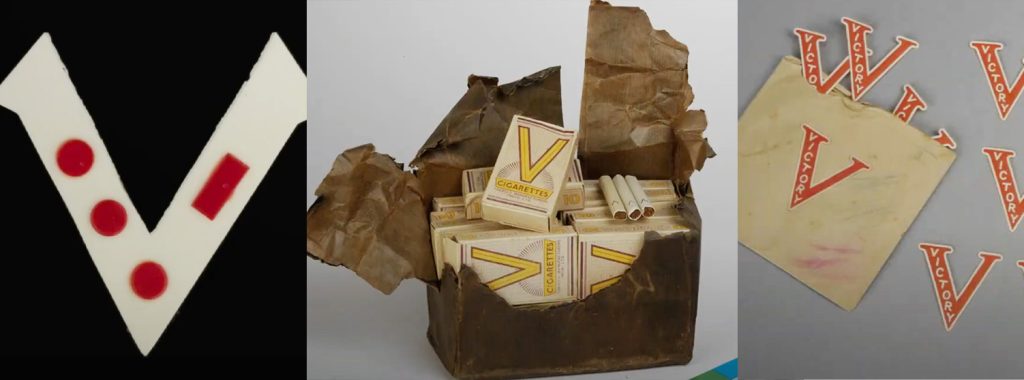
The Impact of Churchill’s Symbol
The “V for Victory” campaign significantly boosted morale in both occupied and free nations. For those under Nazi control, the symbol provided a sense of solidarity and hope, reminding them that liberation was possible. In Allied countries, it reinforced the resolve to support the war effort and remain united against tyranny.
The widespread use of the “V” symbol also had a psychological impact on the Axis powers, demonstrating the resilience and determination of those they sought to subdue.
Today, Churchill’s “V for Victory” campaign stands as a testament to his leadership and the power of symbols in rallying a nation. His strategic use of the “V” sign not only galvanised the war effort but also left a lasting legacy of hope and unity that continues to inspire.
Churchill’s ability to transform a simple idea into a powerful emblem of resistance and victory exemplifies his extraordinary leadership during one of history’s darkest times. The “V” sign remains a timeless symbol of the enduring human spirit and the fight for freedom.
Thank you for reading.

>>> Click here to secure your Sir Winston Churchill Commemorative now <<<
A Journey into Supersonic History with Chief Concorde Engineer John Britton
Commemorating Concorde’s Final Flight
Have you ever dreamt of stepping into the world of supersonic aviation history? Well, I recently had the chance to turn that dream into reality as I embarked on a thrilling adventure to the Bristol Aerospace Museum. This journey wasn’t just about wandering through exhibits, it was about commemorating the 20th anniversary of the final flight of the world-famous supersonic aircraft, Concorde.
I jumped at the opportunity to take our brand new Concorde commemoratives on board Concorde Alpha Foxtrot 216 G-BOAF.
On Board Concorde G-BOAF
As I set foot on the Concorde, I couldn’t help but feel the weight of a lifelong dream coming true. The sleek lines, the aviation marvel that once ruled the skies—it was all there beneath my feet. But this adventure wasn’t just about being on board; it was about delving into the heart of Concorde’s legacy.
The highlight of my day? An exclusive interview with none other than Concorde’s Chief Engineer, John Britton. Imagine having the opportunity to pick the brain of the mastermind behind this supersonic aircraft.

Behind the Scenes: Exclusive Interview with Chief Engineer John Britton
The stories, the facts, and the rich history he shared with me were nothing short of awe-inspiring. Britton’s insights transported me back in time, painting a vivid picture of Concorde’s glory days. From the engineering marvels that defined its success to the intricate details of its final flight.
As I listened to Britton, I couldn’t help but marvel at John’s passion and engineering brilliance that helped bring Concorde to life.
Leaving the museum that day, I carried with me not just the commemoratives that had traveled on Concorde’s final journey but a newfound appreciation for the legacy of supersonic travel. The Bristol Aerospace Museum had transformed a casual visit into a journey through time.
I urge you to step into the world of Bristol Aerospace Museum and witness this iconic aircraft for yourself.

How you can secure the SOLD-OUT Silver Proof coin from The Royal Canadian Mint
In 2022, The Royal Canadian Mint issued a stunning Silver Proof coin accentuated with Gold plate.
It was issued as a tribute to the life and legacy of Queen Elizabeth II, featuring a sentimental one-off obverse design.
There were 15,000 issued worldwide, but they sold-out almost immediately.
That’s because the reverse design beautifully represents the Imperial State Crown – the crown worn by the monarch as they leave Westminster Abbey after the Coronation.
And today could be your last chance to secure one…
The Imperial State Crown
The Imperial State Crown is the crown worn by the Monarch at Westminster Abbey as they leave the Coronation ceremony. It also garces the Head of State on other occasions such as the Opening of Parliament.
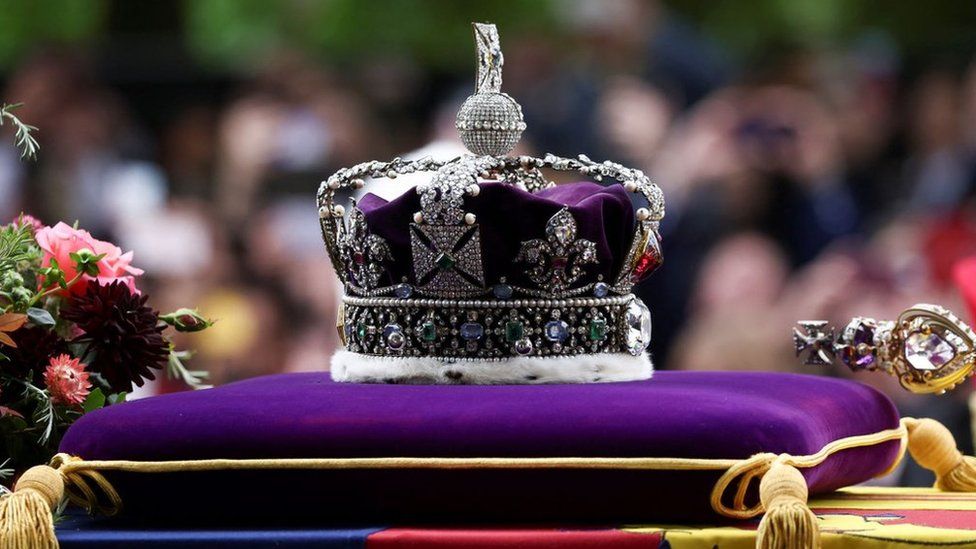
The Imperial State Crown was created for the Coronation of King George VI in 1937, replacing Queen Victoria’s 1838 crown. The Imperial State Crown contains some of the most iconic jewels, such as the Black Prince’s Ruby and the Stuart Sapphire.
Made of solid Gold, it is enhanced with 2,868 diamonds, 17 sapphires, 11 emeralds, 269 pearls, and 4 rubies! In fact, the centrepiece of the crown – the Edward’s Sapphire – is said to have been worn by St Edward the Confessor which was discovered in his tomb in 1163.
SOLD-OUT Imperial State Crown Silver Proof Coin
Released as part of The Royal Canadian Mint’s Memorial coin range for Elizabeth II, this stunning Silver coin represents the Imperial State Crown.
Struck from 99.99% Fine Silver to a pristine Proof finish, your coin has been impressively accentuated with the most prestigious Gold plate.
And within days of release, this coin sold-out an entire edition limit 15,000 at The Royal Canadian Mint.
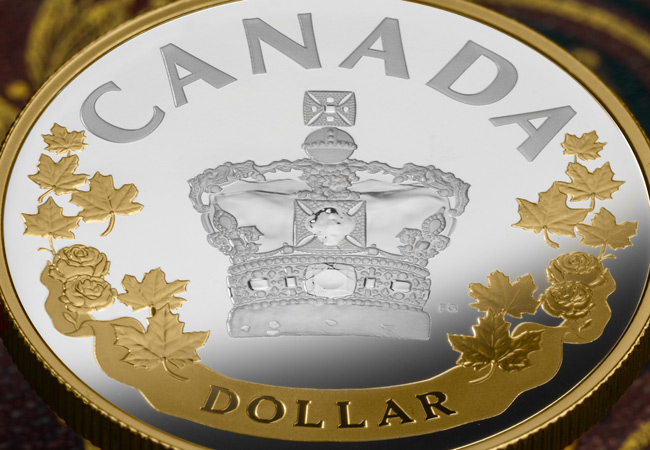
What’s more, this coin features the special tribute obverse from the Royal Canadian Mint’s Memorial coin range. Combining all four Canadian effigies of Elizabeth II, it is marked by a small Tudor rose which honours Elizabeth II’s time on coinage since her coronation in 1953.
This tribute obverse is unique to this range of coins, and integrates the designs of previous obverse designers: Susanna Blunt, Dora de Pédery-Hunt, Arnold Machin, and Mary Gillick.
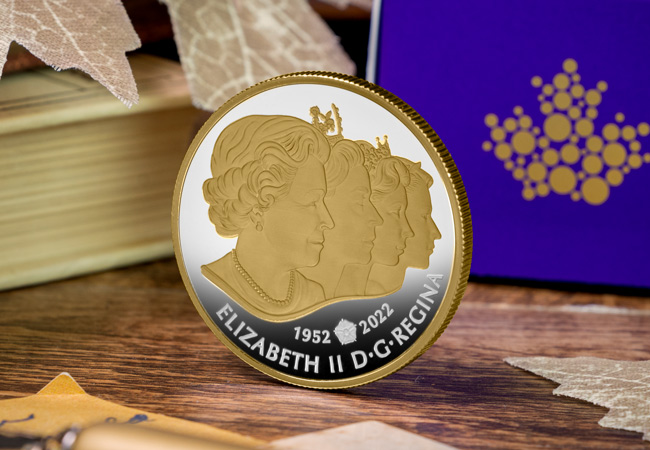
But, with this coin already SOLD-OUT and only a tiny number available for Westminster Collectors, this could be your last chance…
Click here to secure the Canada 2022 Imperial State Crown Silver Proof coin >>
